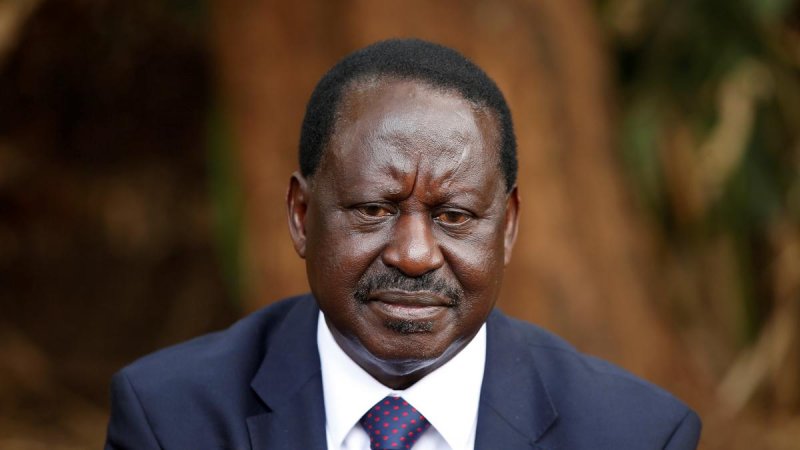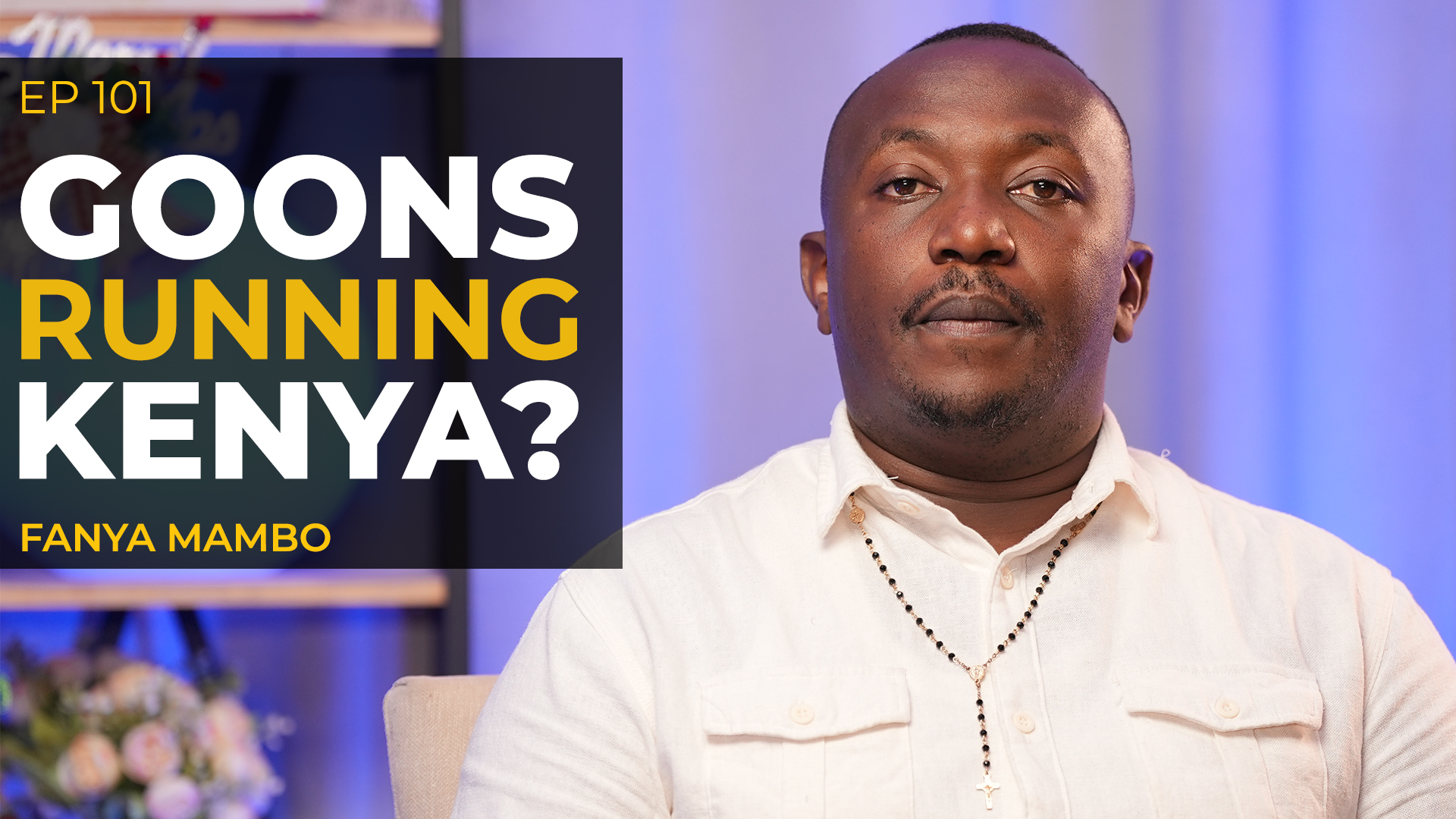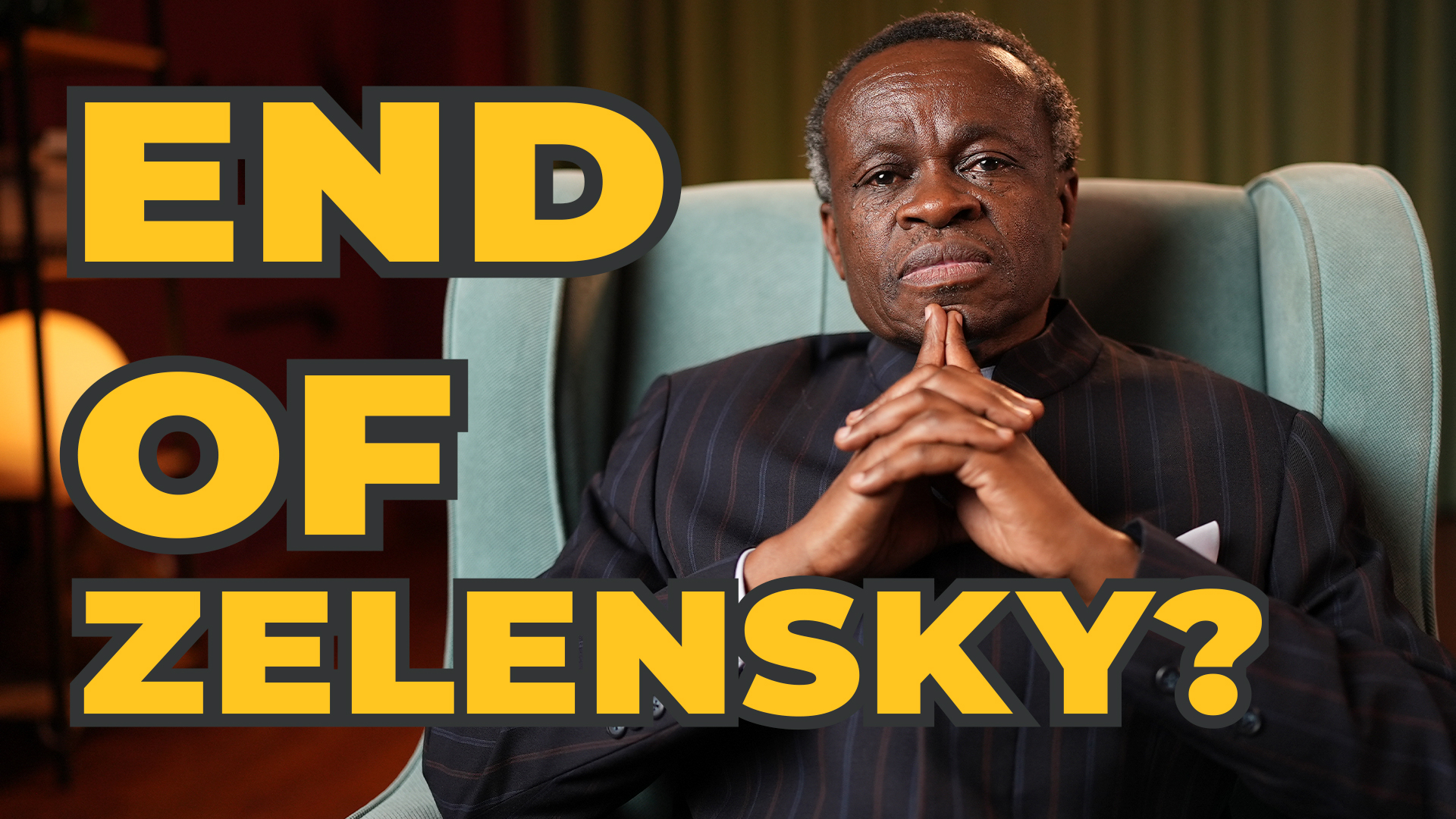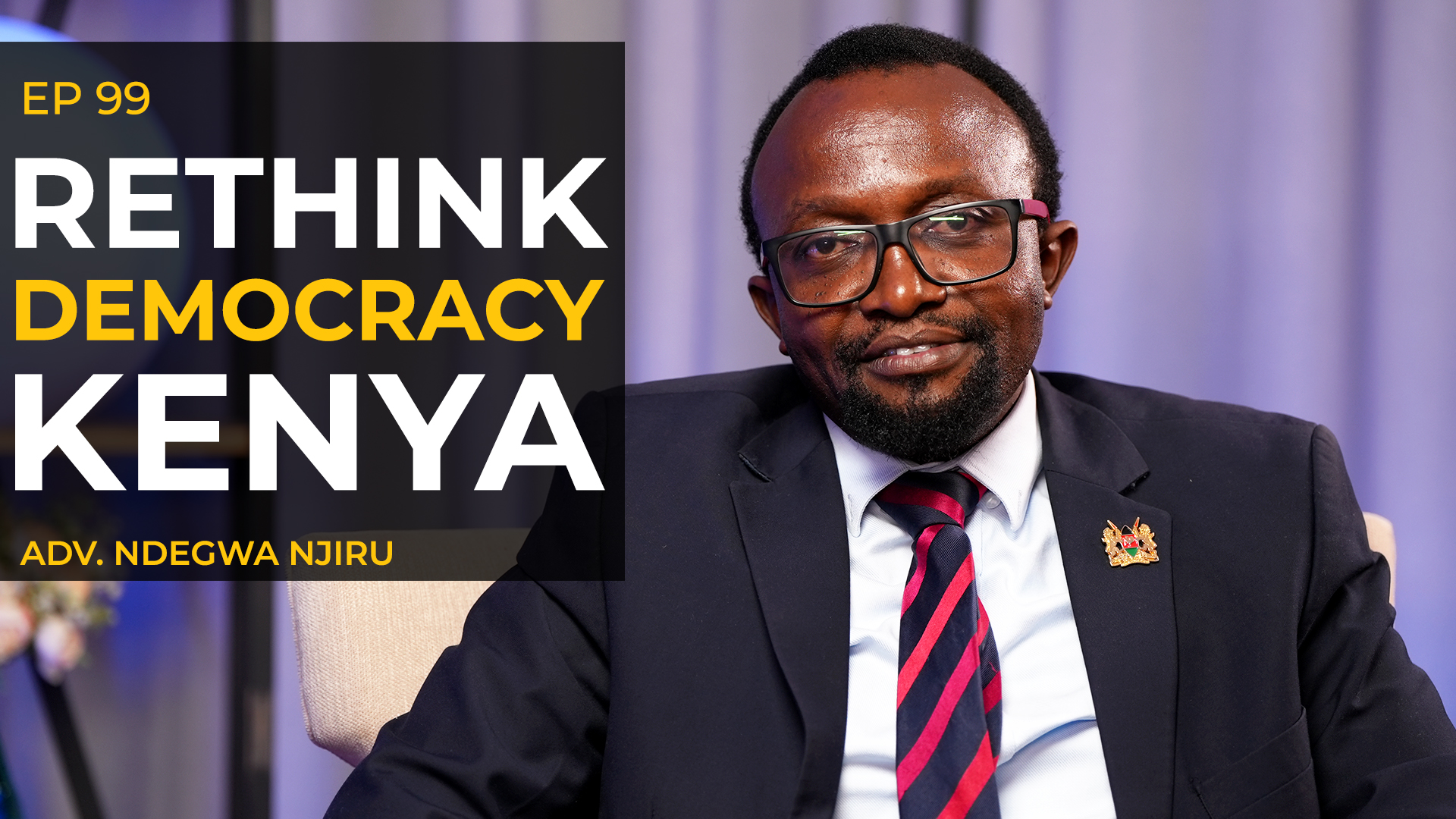Early Life and Roots
Raila Amolo Odinga was born on January 7, 1945, in Maseno, Kisumu County, in what was then British Kenya. He was born into a storied political family: his father, Jaramogi Oginga Odinga, was Kenya’s first Vice President and a key figure in the struggle for independence. His mother was Mary Ajuma Odinga.
From a young age, Raila was exposed to the trials and hopes of nation building. He attended local schools, including Kisumu Union Primary, then high school at Maranda. Later he ventured
After his studies, he returned to Kenya and took up work as a lecturer at the University of Nairobi while also engaging in business ventures such as trading in liquefied petroleum gas cylinders.
Entry into Politics — Struggle, Detention, and Rise
Raila’s political journey was deeply shaped by the authoritarian context of Kenya under President Daniel arap Moi and the one-party system. As multiparty democratization gained force in Kenya in the late 1980s and early 1990s, Raila emerged as a key opposition voice.
He was arrested and held without trial following accusations of involvement in a failed coup attempt in 1982, marking the start of repeated periods of detention and state repression. Over the years, his defiance won him a reputation as a symbol of resistance.
In 1992, Raila Odinga was first elected to the Parliament of Kenya, representing Lang’ata Constituency, a seat he held until 2013.
He became a central figure in efforts to end one-party rule, mobilizing civil society, pushing for constitutional reforms, and forging alliances with other opposition leaders. His role in the pro-democracy movement made him both iconic and controversial.
Presidential Bids and Political Battles
Raila Odinga’s career is marked by his repeated presidential campaigns and the controversies that followed. He ran for Kenya’s presidency five times — in 1997, 2007, 2013, 2017, and 2022 — but never succeeded in being declared the winner.
In each campaign, Odinga alleged electoral malpractice and irregularities. His 2007 election bid led to one of Kenya’s bitterest political crises: deadly post-election violence erupted after disputed results, with major ethnic tensions.
In the aftermath of this violence, a power-sharing deal was brokered, and Raila Odinga was appointed Prime Minister (2008–2013) under a Grand Coalition government, a position created to ease the political fault line. The office of prime minister was later abolished under the 2010 Constitution, and upon the 2013 elections, Raila returned to being in opposition.
One milestone in his career was in 2017, when Kenya’s Supreme Court annulled the presidential election results and ordered a fresh election — a landmark decision in Africa — largely propelled by legal challenges backed by Odinga and his allies. Though he later boycotted the rerun, the event was seen as a reaffirmation of legal recourse in electoral disputes.
In the 2022 race, Raila ran under the Azimio la Umoja coalition, with Martha Karua as his running mate. He again lost, and challenged the results, though this time without overturning them.
Influence Beyond Elections
Even outside elective office, Raila’s influence loomed large. He was often dispatched as a mediator in regional conflicts. For example, in 2025, the Kenyan government sent him to South Sudan to help defuse tensions between President Salva Kiir and First Vice President Riek Machar. Reuters
He also championed constitutional reforms and governance accountability, pressing for devolution, anti-corruption measures, and the strengthening of judiciary independence.
In more recent years, Raila’s role shifted partially to political kingmaking. He joined alliances with ruling governments at times, negotiating for influence and policy directions from within.
He also declared interest in continental leadership, including running for the chairmanship of the African Union Commission in 2024–2025, though his campaign faced significant headwinds.
Final Chapter & Legacy
On October 15, 2025, Raila Odinga died in Kochi (Cochin), Kerala, India, after suffering a cardiac arrest while on a morning walk. He was 80 years old. According to reports, he had traveled to India for medical treatment and was receiving care at an Ayurvedic facility before collapsing. His family and Kenyan officials confirmed his passing.
His body was repatriated to Kenya, where massive crowds gathered to pay tribute. President William Ruto declared seven days of national mourning and announced that Raila would be honored with a state funeral.
In death, as in life, his figure has drawn praise from across the political spectrum. He is widely remembered as a tireless advocate for democracy, a unifier, and a man of many contradictions — someone who, though never president, deeply shaped Kenya’s political trajectory.
Reflection: Strengths, Critiques & Enduring Influence
Strengths
- Raila was arguably Kenya’s most devoted opposition figure, consistently pressing for reform even in the toughest times.
- His ability to mobilize mass support, especially among youth and marginalized communities, gave him political weight even when out of formal power.
- He played a central role in breaking one-party rule, institutionalizing rights of political participation, and pushing for constitutional and electoral reform.
Critiques & Controversies
- Critics charged that his repeated election disputes stoked political tensions, ethnic polarization, and instability.
- Some questioned the pragmatism of his alliances; at times, his partnerships with ruling regimes appeared to contradict his oppositional identity.
- Others contended that while his rhetoric was powerful, actual administrative delivery (when in coalition power) was limited.
A Legacy That Transcends the Ballot Box
Raila Odinga’s legacy is not measured solely by electoral victory, but by his impact on Kenya’s political culture. He redefined the boundaries of dissent, set precedents for judicial oversight of elections, and forced elites to reckon with the voices of ordinary citizens.
In many ways, Odinga’s journey encapsulated Kenya’s own struggles: from authoritarianism to contested democracy, from exclusion to (imperfect) participation. His story will continue to be debated, dissected, and revered — and his spirit will linger in the many Kenyans who see in him a mirror of their hopes and frustrations.





Leave a Reply